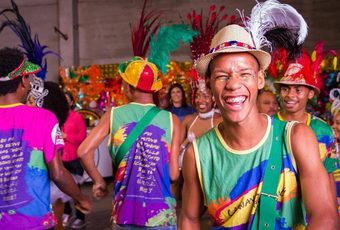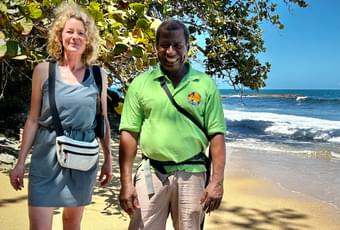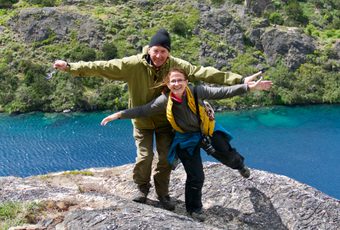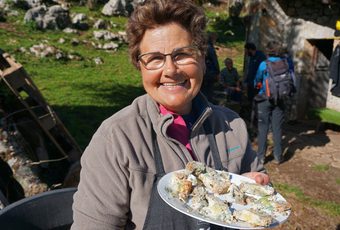How to become a Galapagos Guide
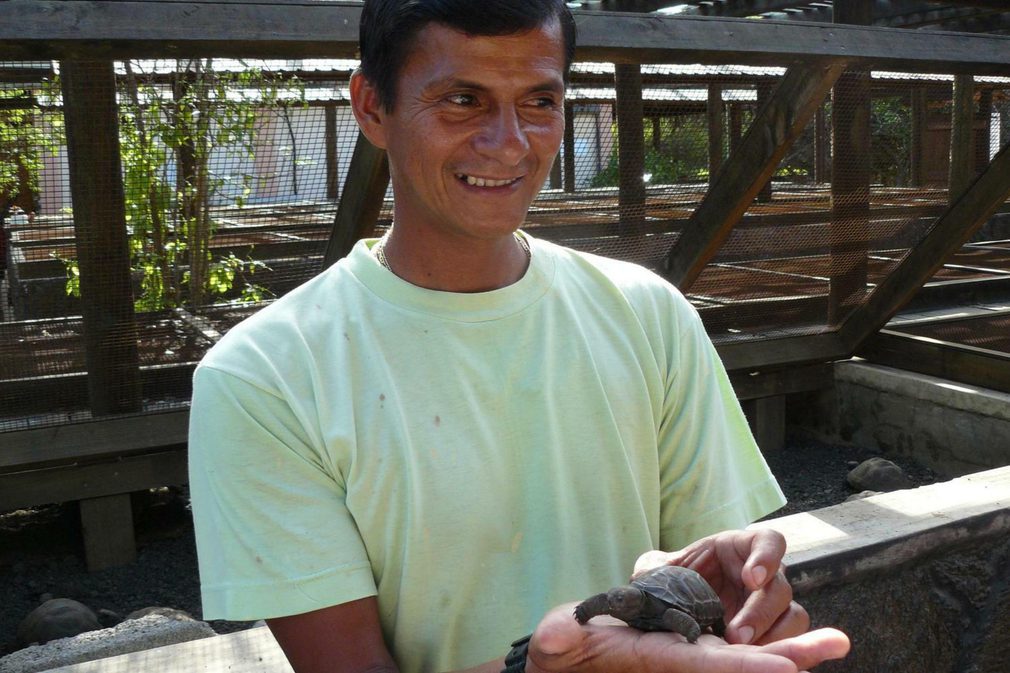
[ps2id url='#study']Study[/ps2id] / [ps2id url='#guide-levels']Guide Levels[/ps2id] / [ps2id url='#national-park-authority']National Park Authority[/ps2id] / [ps2id url='#advise']Advise[/ps2id] / [ps2id url='#conclusion']Conclusion[/ps2id]
When planning a Galapagos cruise holiday, everyone asks about the boat, many ask about the itinerary, few about the guide.
And yet, there is arguably no greater influence on the quality of your Galapagos cruise experience than your guide.
As we used to say in guiding circles here in Europe: 'A bad guide can ruin any tour, a good guide can make any tour great.'
The good news in the Galapagos is that there are stringent controls in place to ensure good standards throughout the guiding community.
Nevertheless, it would be foolish to suggest that all guides are created equal. The question then is, how can you do to give yourself the best chance to explore in the company of a truly inspiring guide? [ps2id id='study'/]
How do you become a guide?
To become an approved naturalist guide, you have to study, generally under the auspices of the Darwin Foundation. Examinations are delivered by the Galapagos National Park Authority itself.
The training comes from three possible sources: the Catholic University of Quito, the Galapagos national Park Authority and the Ecuadorian Ministry of Tourism.
Studies cover a fairly startling array of topics, relating to the wildlife, conservation, history, geography, geology and environment of the Galapagos and continental Ecuador. Their studies also cover less obvious subjects such as etiquette, ethics, teaching techniques, cartography, wild camping, survival and first aid.
Exams are held roughly every 18 months (there have been 27 exams held since 1975) on each of the main populated islands of the Galapagos archipelago: Santa Cruz, San Cristobal and Isabela.
Participants must score over 80%, from that pool the best 30 scoring candidates qualify as guides. [ps2id id='guide-levels'/]
Beyond guide levels
There is a very logical and sensible seeming progression for guides in the Galapagos Islands. According to latest figures, there are 203 level I, 98 level II and 77 level III guides as well as 38 diving guides.
Level I guides are those who have at least a high school diploma and have passed the Naturalist Guide course.
Level II guides are those who have at least four years' experience and pass a further examination.
Level III guides are those who have degrees or masters in tourism or biology and related subjects who speak at least two foreign languages and pass a further examination.
On the face of it, most reasonable people would assume that a level III guide is better than a level I guide.
However, it has been nearly 10 years since a level II exam has been held. It is nearly 20 years since the last level III exam took place.
In truth therefore, all you can say with absolute confidence about level III guides is that they have been around a long time.
Given that the opportunity for guides to move between levels is effectively non-existent, it is crucial to look beyond the numbers. [ps2id id='national-park-authority'/]
Eyes and ears of the National Park
You can only enter the bounds of the Galapagos National Park if you accompanied by an officially qualified guide. The system of guides is an integral part of the work of the park authorities.
A guide's studies do not end with their exams by any stretch of the imagination. Once qualified, they have to continue to attend seminars and workshops as well as keep up to date with the latest materials and information.
Nor does the supervision end there. As well as the responsibility to care for and educate their guests, guides have a responsibility to submit a report to the Galapagos park authorities after each and every tour they lead.
The report covers the number of tourists in the group, the activities, landing sites and any observations made during their visits as well as any complaints.
It is this constant and comprehensive reporting which allows the National Park Authority to both monitor guide performance and to keep track of changes across the archipelago. If you think it sounds like mere lip service, you should check out their published monitoring data they cover erosion, compacting, contamination, introduced species, even the number of other visitors encountered.
Of course, these reports also give an insight into the performance of the guides themselves. Bear in mind that guides have to take a week long course every two years to keep their licence current. [ps2id id='advise'/]
Choose the right boat, you'll get the right guide
Whilst you can fairly safely say that a level III or level II guide has a great deal of experience, you cannot safely say that a level I guide does not have the same level of experience.
You can quite easily find a situation whereby a talented level I guide found themselves gainfully employed from day one after their graduation. They will never have had reason to attempt to add a stripe to their sleeve.
They will be employed by the best boats at the best rates and will live very well by their profession.
At the same time, a less talented guide may have found that work was less easy to come by. They were therefore motivated to go for level II or level III qualification in order to get work on those boats which advertise only ever to use level III guides a relatively far smaller pool of guides and therefore a less competitive job market.
The truth of the matter is that a good boat owner is going to know the value of great guides. It doesn't make sense for them to put together a wonderful boat, delicious food and then nickel and dime you on the guide.
On this basis, I would personally choose a level I guide employed by a good boat as a safer bet to deliver an outstanding Galapagos cruise experience. [ps2id id='conclusion'/]
Conclusion
If you are on a budget boat, you should expect a budget guide. If you are on a first class boat then you can reasonably expect to be led by a first class guide.
In all honesty, pick your boat and pick your itinerary carefully. Ask questions about the guide but don't treat their 'level' as indicative of much beyond their age. Do ask about their experience, who they are, why the boat operators choose to work with them.
Bear in mind that guides are freelancers. The best boats have a select pool of guides since many of the best guides choose to work part time.
A boat operator may well not be able to tell you who will guide you months ahead of time. You can still ask them to give you the story of, say, two guides they work with regularly.
If you are being nosey, you can find out what level they are afterwards! Directory of guides, split by level.
Find out more about our Galapagos cruises or read our guide to the Galapagos.
The Pothole is Pura Aventura's popular monthly email. We share what we love, what interests us and what we find challenging. And we don't Photoshop out the bits everyone else does. We like to think our considered opinions provide food for thought, and will sometimes put a smile on your face. They've even been known to make people cry. You can click here to subscribe and, naturally, unsubscribe at any time.
